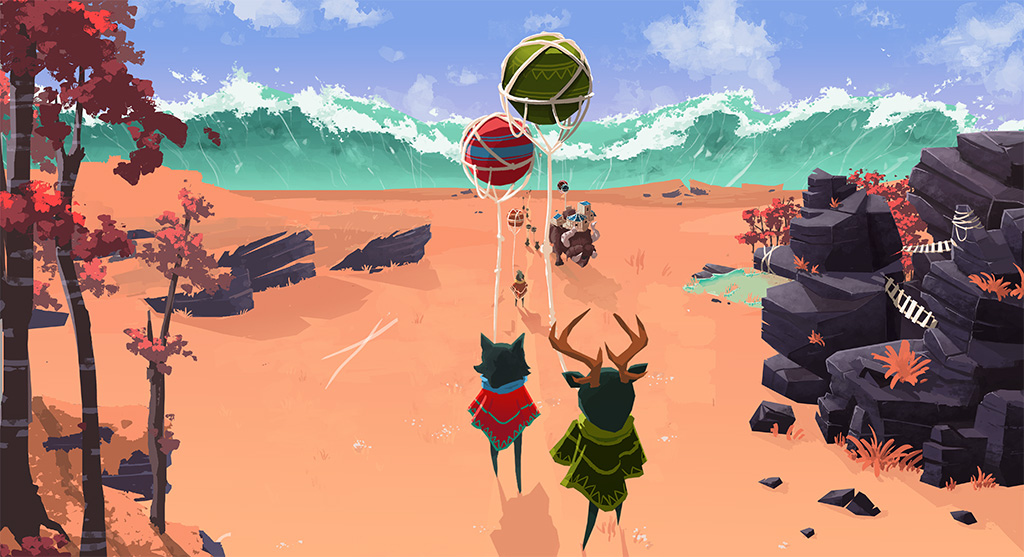
As Far as the Eye Review
You are the wind. Whisper on the breeze to your dear tribe of Pupils to get them safely to The Eye. As Far as the Eye is a turn-based strategy game that is brutal. As Far as the Eye is about assisting a small tribe of nomads, The Pupils, to escape the impending doom by guiding them from halt to halt until you reach The Eye. With each step closer, you will need to gather specific resources for the journey before time is up.
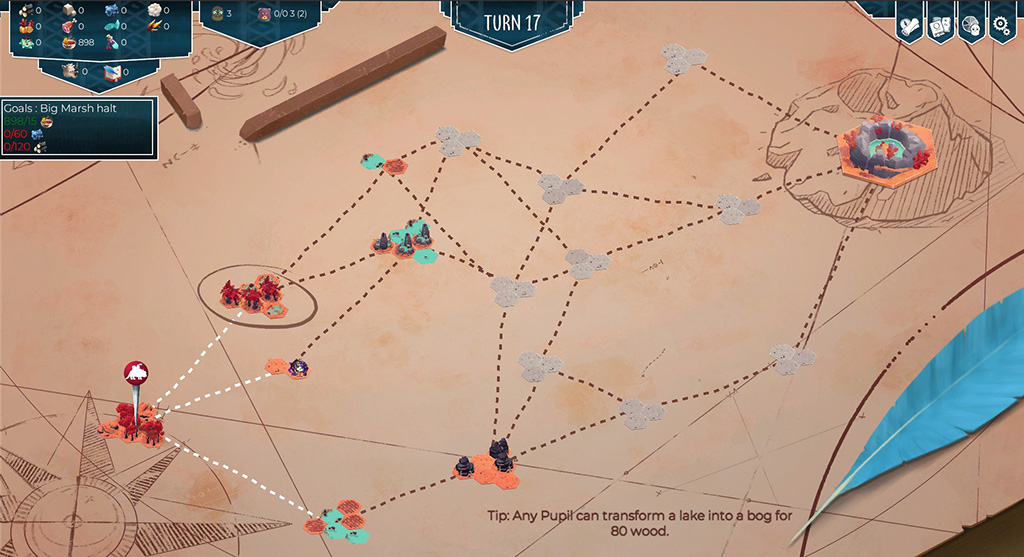
Initially, I was going to post a review for As Far as the Eye on the release date, but the game was hard, like really hard and I decided to wait to see if any changes would happen. Fortunately, they did! The devs have released multiple patches with bug fixes, improvements (no more soft locks due to resource issues) and balancing changes. This has made the game far more enjoyable. Sure, I still can’t make it to The Eye, but I have now been able to complete the campaigns. So that’s something.
The game is still challenging, but I’m sure if you’re a seasoned strategy game player, you will do just fine. You might die a few times before reaching The Eye, but you’ll eventually get the hang of how it all works. So, what is The Eye? Well, it’s sort of like home. It’s where the Pupils find others of their tribe, food is plentiful, and they are safe from the floods.
Gameplay
As Far as the Eye is a turn-based game played on hexagonal tiles. When you first reach a halt, most of the area is hidden and needs to be explored. You can either do this on your big beastly caravan or have a pupil run around and see what is available. Each halt, and game, is procedurally generated, so no two runs are the same, and you never know what resources will be available. This randomness keeps the game exciting and fresh, as you never know what will happen in each game. On release there were resource issues, but the patches seemed to have smoothed that all out.
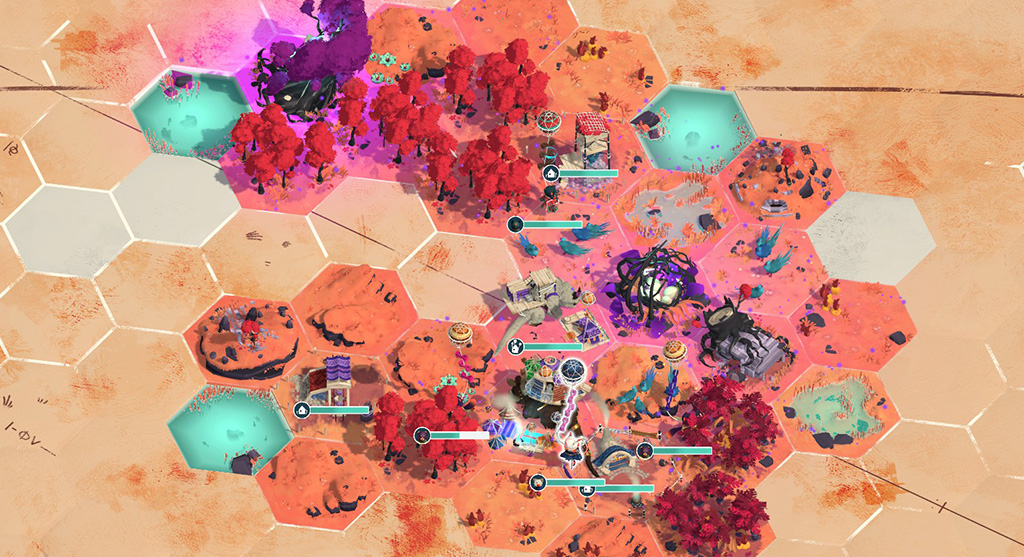
As you would expect from a turn-based game, each pupil has a set amount of moves they can take per turn, which changes depending on the terrain. As their expertise increases, they can move more quickly in tasks, as well as gain other benefits. The skill tree is huge and separated by profession. Whenever a pupil starts something new (e.g. gathering food, chopping wood), they begin to get experience in that branch. If they do it enough, they’ll get bonuses and maybe get to master a profession.
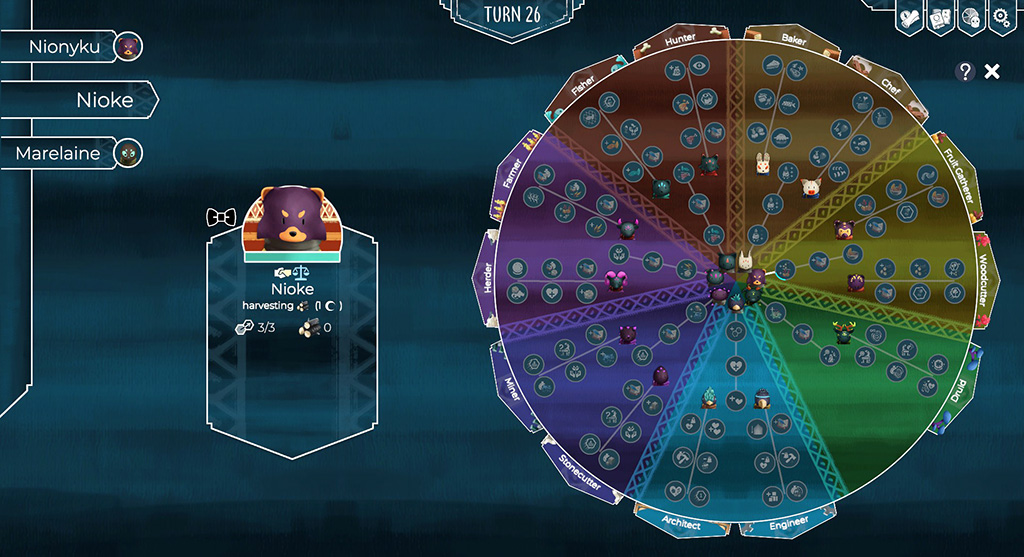
Resource management is a huge part of As Far as the Eye. Everything can be going smoothly, and then suddenly you realise you’re out of food and everyone starves. It’s a balancing act between having enough food and having enough pupils to do all the work needed to progress to the next halt. So, what happens if you can’t get resources in time and run out of turns? Well, the halt gets flooded, and it’s devastating to watch your pupils die. The game makes you feel pretty guilty about it too.
If that doesn’t sound like enough to deal with, there are also vagaries. These are disaster events that happen in each halt; they also occur more regularly as you’re getting closer to the flooding. The vagaries range in severity, from sickness to losing resources to damaging or destroying buildings. Sometimes they don’t affect you at all; other times, they are the difference between life and death.
Art style and sound design
The art in As Far as the Eye is definitely what I noticed first. In fact, I wasn’t sure whether to play it or not as I don’t usually play turn-based games, but the hexagonal tiles, art style and combat free gameplay made me change my mind.
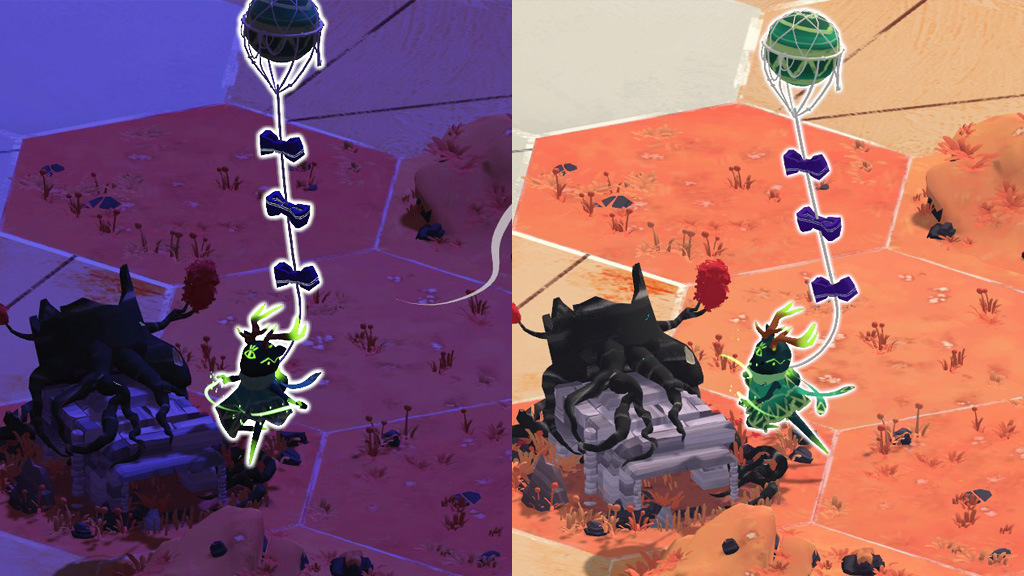
The pupils are metamorphs and change their form when they change profession. Each form is a gorgeous animal, such as red panda for gatherers, rabbit for cooks, which they transform into when assigned a new task. While the map and different tiles are lovely, the character design stands out most for me. I wish there were a set of plushies or pins of them, maybe one day!
The soundtrack is beautiful, calm and relaxing. Filled with the sounds of birds and the breeze, you can imagine you’re in the wilderness. There are also gorgeous melodies throughout that bring a wonderful ambience to the game. It’s lovely to have on in the background when reading a book or cooking or just to relax.
Summary
I’ve played nearly 10 hours of As Far as the Eye and, although I’ve never made it to The Eye, I still want to keep trying. Does it frustrate me? Definitely! That doesn’t stop me wanting to get my pupils back to safety, though. I’d also be happy if they toned down the vagaries a little bit though. They can turn a great game into a terrible game very quickly, which can see you lose the motivation to keep going.
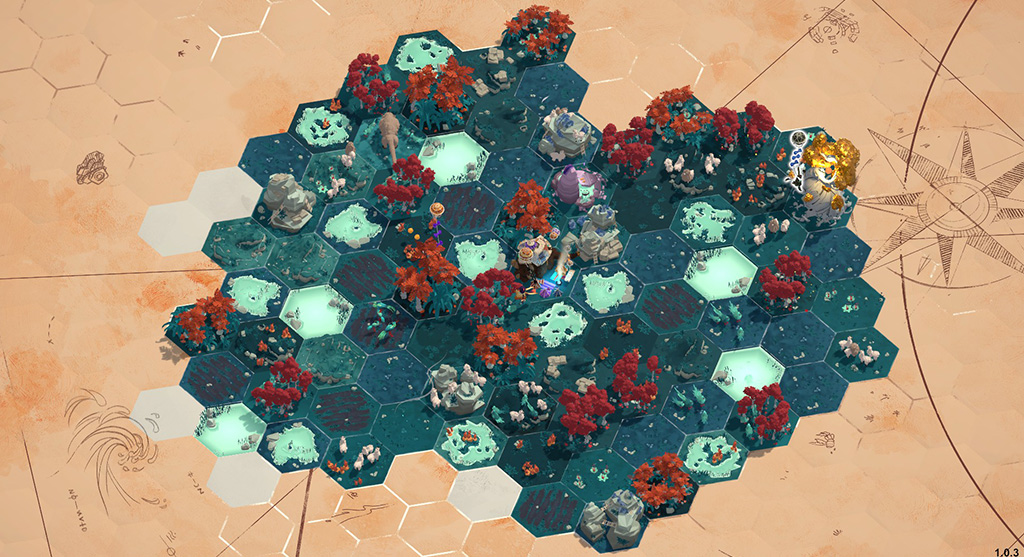
This game will be a challenge for new players (like me), but an exciting journey for more experienced strategy players. I think it’s worth a try, though; you get better with each attempt as you learn more about how everything fits together.
I won’t say I recommend this for everyone because I know some people would get frustrated and hate it. If you like turn-based or strategy games, it’s definitely worth a chance.
Have you played As Far as the Eye? What did you think about the difficulty level? Have you been able to get to The Eye?
Want to know more?
Website | Twitter | Soundtrack
Genres: turn-based, strategy, roguelike, combat free
Platforms: PC (Steam, Gog and Epic)
** Find The Strawberry received a free key for As Far as the Eye from Unexpected Studio. All opinions are my own **



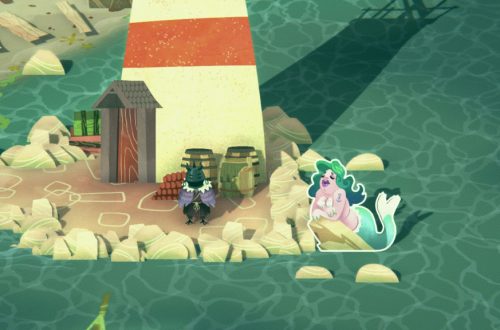
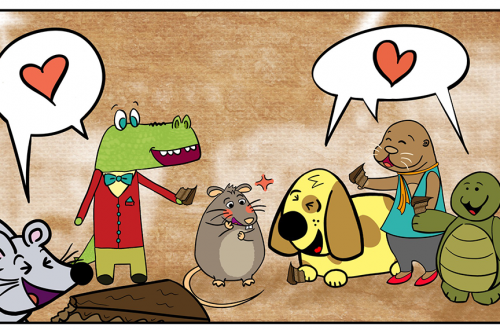
2 Comments
Kim
This looks so interesting! I’ve seen the art style in the thumbnail but I never clicked in to see what it’s about. I really like turn based in rpgs and resource strategy board games so I think I should get this one,
Kalliste
It sounds like you might like this might be something you’d enjoy. There are a few issues that still need to be resolved, but it’s great to see that the devs are still adding patches based on player feedback and have definitely improved the game since release day. I hope to beat it on a normal game one day!